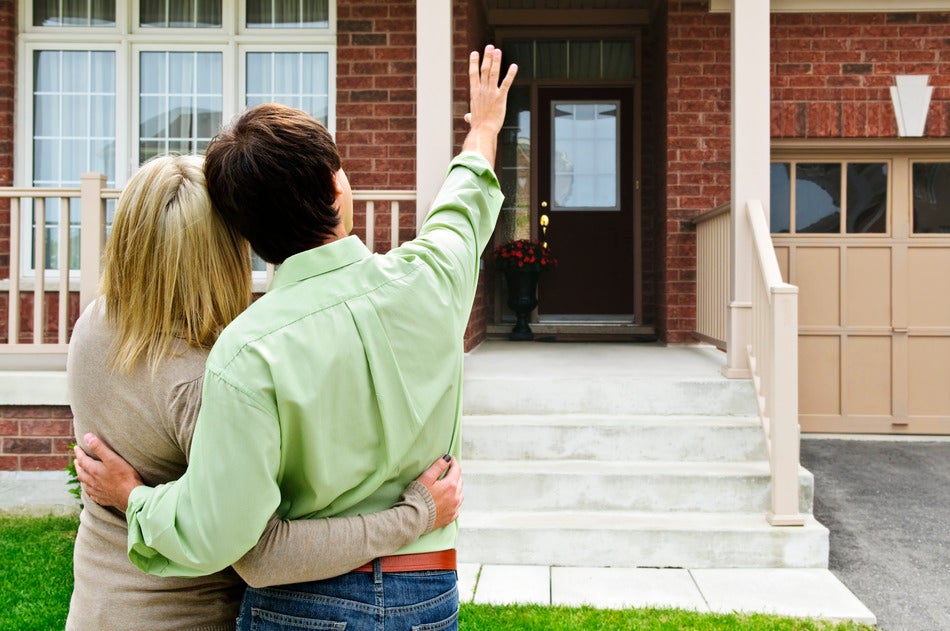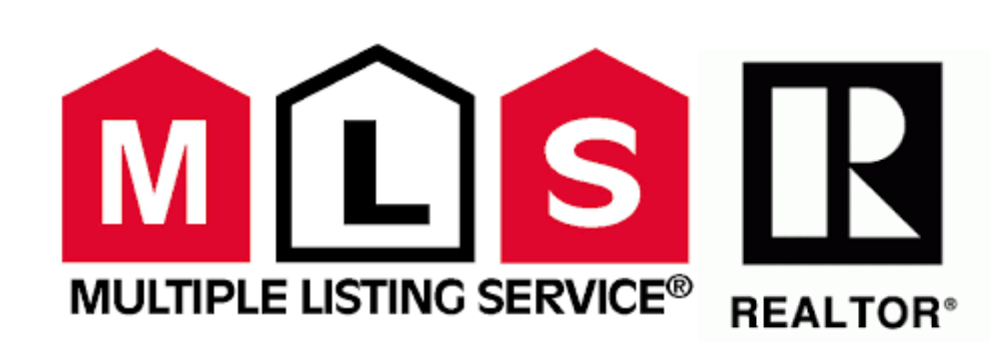
Buying a home stands as one of the most notable choices and financial commitments that countless Canadians will confront. However, potential home purchasers frequently encounter the dilemma of selecting between a new home or an old home. By thoughtfully evaluating the advantages and disadvantages of each alternative, potential buyers can arrive at an educated choice that ideally aligns with their needs and fiscal situation. Below, we'll explore the merits and drawbacks of both new and old houses.
Opting for a Brand-New Residence. The following are the perks associated with acquiring a new property:
Tailored Customization: New property buyers often gravitate towards freshly built homes due to the freedom to personalize the interior according to their preferences. This extends to picking out finishes, materials, and configuring the layout and amenities.
Enhanced Energy Efficiency: Recently constructed dwellings typically boast energy-efficient attributes like high-performance windows and advanced insulation, which translates to reduced utility costs and a more ecologically conscious lifestyle.
Modern Conveniences: New properties frequently come equipped with contemporary conveniences such as smart home technology, premium-grade appliances, and cutting-edge security systems.
Reduced Upkeep: Freshly established homes generally necessitate less maintenance compared to older counterparts, consequently saving homeowners both time and money over the long term.
Nevertheless, here are the drawbacks of investing in a new home:
Elevated Expenses: New homes often come with a heftier price tag due to the options for customization and inclusion of modern amenities.
Unforeseen Construction Delays: Constructing a new dwelling might encounter unforeseen setbacks related to inclement weather, permitting procedures, or disruptions in the supply chain, resulting in increased stress and expenses.
Supplementary Finishing Costs: New properties frequently lack completion, especially those located within emerging communities. These homes might feature unfinished basements, driveways, or even lawns. In particular regions, there might be a mandate to landscape the yard within a stipulated timeframe, incurring an unanticipated expense.
Absence of a Well-Established Locale: Fresh developments may lack the allure and character prevalent in well-established neighborhoods, presenting a challenge for those desiring a strong sense of community.
Limited Land Availability: New residences might be confined to newly developed areas with restricted available land, potentially restricting options for those in pursuit of specific locations or plot sizes.
Well-Rooted Neighborhoods: Older homes are typically situated in well-established neighborhoods imbued with history and distinctive features. Such locales often boast mature trees, unique architectural styles, and a community ambiance that is hard to replicate in new developments.
Reduced Cost: Older homes might prove more budget-friendly compared to newer counterparts, thus catering to those constrained by financial constraints.
Potential for Distinctive Appeal: Older properties often possess idiosyncratic design elements and features that contribute to their overall charm and character.
Bigger lot Sizes: Older properties may encompass more extensive lots than their newer counterparts, allowing for increased outdoor space and privacy.
Notwithstanding, here are the drawbacks associated with purchasing an older home:
Necessity for Renovations and Repairs: Older homes could necessitate substantial overhauls to modernize systems like electrical and plumbing, which could incur considerable expenses and time investment.
Inadequate Energy Efficiency: Aged residences may lag in energy efficiency when compared to contemporary counterparts, culminating in higher utility bills and a less ecologically sustainable lifestyle.
Limited Personalization: Older homes might not offer the same extent of customization as newer options, which could pose a drawback for those aspiring towards specific design elements.
Concealed Issues: Aging properties might harbor latent problems such as structural deficiencies or water-related damages that may escape notice during initial home inspections.
Budgetary Constraints: While new homes tend to carry a higher price tag, they might justify this premium through incorporated amenities and features. On the contrary, older homes could necessitate additional expenditures for repairs and renovations, ultimately elevating the overall cost of ownership.
Lifestyle Preferences: If a sense of community and well-established neighborhoods hold significance, an older dwelling in a seasoned area could present a more fitting choice. Conversely, modern conveniences and customization might be more aligned with a new home.
Energy Efficiency: Contemporary homes typically outshine older counterparts in terms of energy efficiency, culminating in reduced utility expenses and a more ecologically mindful lifestyle. Yet, older homes can be upgraded to incorporate energy-efficient features, enhancing their sustainability.
Upkeep and Maintenance: Aging homes might demand more continuous upkeep and repairs compared to new residences, subsequently elevating the overall cost of ownership. Conversely, warranties and guarantees may accompany new homes, countering potential repair expenses.
Location: New residences are commonly situated within developing areas, whereas older homes tend to occupy well-established neighborhoods. Proximity to amenities, workplaces, and schools should factor into the decision-making process.
Tailored Customization: New property buyers often gravitate towards freshly built homes due to the freedom to personalize the interior according to their preferences. This extends to picking out finishes, materials, and configuring the layout and amenities.
Enhanced Energy Efficiency: Recently constructed dwellings typically boast energy-efficient attributes like high-performance windows and advanced insulation, which translates to reduced utility costs and a more ecologically conscious lifestyle.
Modern Conveniences: New properties frequently come equipped with contemporary conveniences such as smart home technology, premium-grade appliances, and cutting-edge security systems.
Reduced Upkeep: Freshly established homes generally necessitate less maintenance compared to older counterparts, consequently saving homeowners both time and money over the long term.
Nevertheless, here are the drawbacks of investing in a new home:
Elevated Expenses: New homes often come with a heftier price tag due to the options for customization and inclusion of modern amenities.
Unforeseen Construction Delays: Constructing a new dwelling might encounter unforeseen setbacks related to inclement weather, permitting procedures, or disruptions in the supply chain, resulting in increased stress and expenses.
Supplementary Finishing Costs: New properties frequently lack completion, especially those located within emerging communities. These homes might feature unfinished basements, driveways, or even lawns. In particular regions, there might be a mandate to landscape the yard within a stipulated timeframe, incurring an unanticipated expense.
Absence of a Well-Established Locale: Fresh developments may lack the allure and character prevalent in well-established neighborhoods, presenting a challenge for those desiring a strong sense of community.
Limited Land Availability: New residences might be confined to newly developed areas with restricted available land, potentially restricting options for those in pursuit of specific locations or plot sizes.
Purchasing an Old Home Outlined below are the benefits linked to acquiring an older residence:
Well-Rooted Neighborhoods: Older homes are typically situated in well-established neighborhoods imbued with history and distinctive features. Such locales often boast mature trees, unique architectural styles, and a community ambiance that is hard to replicate in new developments.
Reduced Cost: Older homes might prove more budget-friendly compared to newer counterparts, thus catering to those constrained by financial constraints.
Potential for Distinctive Appeal: Older properties often possess idiosyncratic design elements and features that contribute to their overall charm and character.
Bigger lot Sizes: Older properties may encompass more extensive lots than their newer counterparts, allowing for increased outdoor space and privacy.
Notwithstanding, here are the drawbacks associated with purchasing an older home:
Necessity for Renovations and Repairs: Older homes could necessitate substantial overhauls to modernize systems like electrical and plumbing, which could incur considerable expenses and time investment.
Inadequate Energy Efficiency: Aged residences may lag in energy efficiency when compared to contemporary counterparts, culminating in higher utility bills and a less ecologically sustainable lifestyle.
Limited Personalization: Older homes might not offer the same extent of customization as newer options, which could pose a drawback for those aspiring towards specific design elements.
Concealed Issues: Aging properties might harbor latent problems such as structural deficiencies or water-related damages that may escape notice during initial home inspections.
Key Considerations for Choosing Between a New and Old Residence
When confronted with the choice between a new and an old home, several pivotal factors come into play:
Budgetary Constraints: While new homes tend to carry a higher price tag, they might justify this premium through incorporated amenities and features. On the contrary, older homes could necessitate additional expenditures for repairs and renovations, ultimately elevating the overall cost of ownership.
Lifestyle Preferences: If a sense of community and well-established neighborhoods hold significance, an older dwelling in a seasoned area could present a more fitting choice. Conversely, modern conveniences and customization might be more aligned with a new home.
Energy Efficiency: Contemporary homes typically outshine older counterparts in terms of energy efficiency, culminating in reduced utility expenses and a more ecologically mindful lifestyle. Yet, older homes can be upgraded to incorporate energy-efficient features, enhancing their sustainability.
Upkeep and Maintenance: Aging homes might demand more continuous upkeep and repairs compared to new residences, subsequently elevating the overall cost of ownership. Conversely, warranties and guarantees may accompany new homes, countering potential repair expenses.
Location: New residences are commonly situated within developing areas, whereas older homes tend to occupy well-established neighborhoods. Proximity to amenities, workplaces, and schools should factor into the decision-making process.
If you want to chat about making a move call or text me at 780-298-3637
